A new SpaceX Starlink job posting hints that the company is very interested in an established multi-billion dollar market for high-quality satellite internet – a use-case its Starlink constellation should be a perfect fit for.
One of the biggest sources for a recent boom in global demand for satellite broadband services, in-flight connectivity (IFC) is a rapidly growing market well on its way to multi-billion dollar annual revenues within the next few years. Almost anyone with any experience traveling by air is likely familiar with the promises and pitfalls offered by in-flight WiFi, which can often feel extremely convenient and futuristic while still bringing up old memories of DSL internet and flip-phones. Arguably, most – if not all – of the downsides of modern in-flight connectivity and the patchwork addition of onboard servers carrying limited offline entertainment options are caused by technical limitations in the existing IFC ‘pipeline’.
Meanwhile, SpaceX is just a few months into the years-long process of manufacturing and launching a vast constellation of thousands of Starlink internet satellites, designed to blanket every inch of the Earth with high-quality internet service. With internal goals stretching as high as ~40,000 satellites, Starlink could one day offer enough bandwidth to singlehandedly satisfy the internet needs of hundreds of millions – if not billions – of customers worldwide. In the interim, however, how and where SpaceX chooses to commercially deploy its nascent constellation will be critical in its first few years of operations, and in-flight connectivity is one such place where Starlink could theoretically crush existing options and come to dominate the growing market.
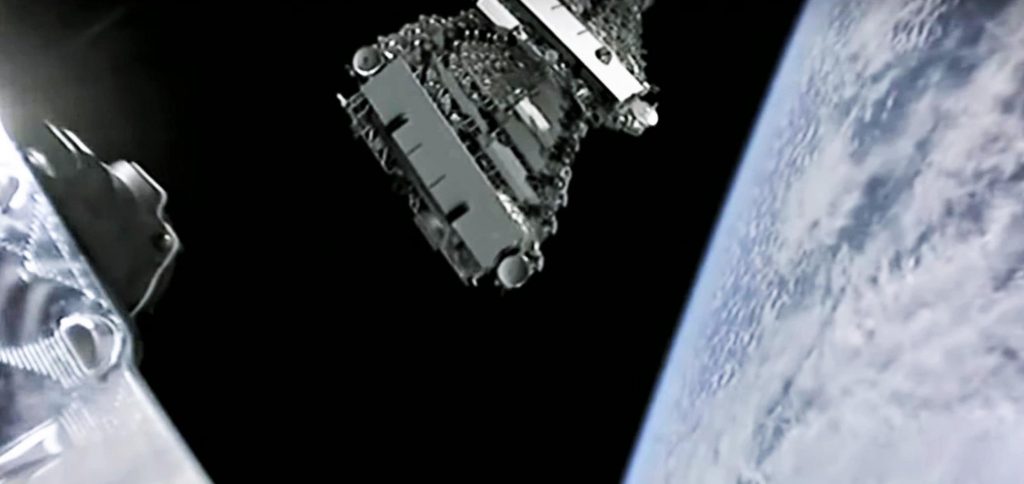
A few days ago, SpaceX published its first job posting exclusively dedicated to “aeronautical terminals”, referring to a type of Starlink user terminals (an antenna and associated hardware) optimized for installation on aircraft fuselages. Thanks to an almost $29 million Starlink contract awarded by the US Air Force Research Laboratory (AFRL) contract in 2018, SpaceX has already built and successfully tested aeronautical terminal prototypes on military aircraft, with even more ambitious tests soon to come. As such, it would be reasonable to assume than a new job posting for such terminals would be focused on SpaceX’s military work.
Instead, SpaceX’s February 21st listing explicitly refers to the new position as an opportunity to “[certify] Starlink aeronautical terminals [for] commercial and business jet aircraft…[and] play a critical role in deploying an industry-changing In-Flight Communications (IFC) service”, unequivocally confirming the company’s interest in entering the broader IFC market.
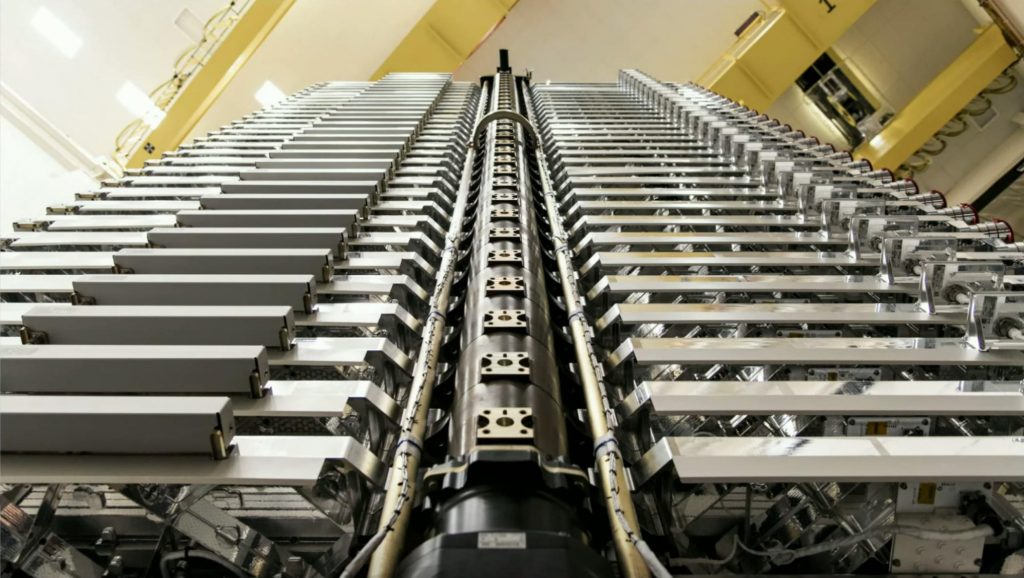
While SpaceX has already launched an incredible 240 Starlink v1.0 satellites in the last two months alone, the company has yet to reveal any specific information about the user terminals customers will use to connect to the orbiting network. Earlier this year, CEO Elon Musk did briefly mention that the terminal would look like a “thin, flat, round UFO on a stick”, while COO and President Gwynne Shotwell stated last year that the terminal would be “beautiful” at Musk’s request. Aside from those comments and a few even older ones, the no-less-critical Starlink component remains a bit of a mystery, although we do know that SpaceX intends to mass produce millions of the devices itself.
Still, SpaceX has made it clear that it’s already testing terminals with some success, noting late last year that it managed to deliver bandwidth of ~610 megabits per second (Mbps) to a US military aircraft through a single flight-optimized terminal. That testing was performed with 60 ‘v0.9’ satellites, meaning that all Starlink satellites launched after May 2019 should be able to offer even more bandwidth thanks to the addition of higher-capacity ‘Ka-band’ antennas.
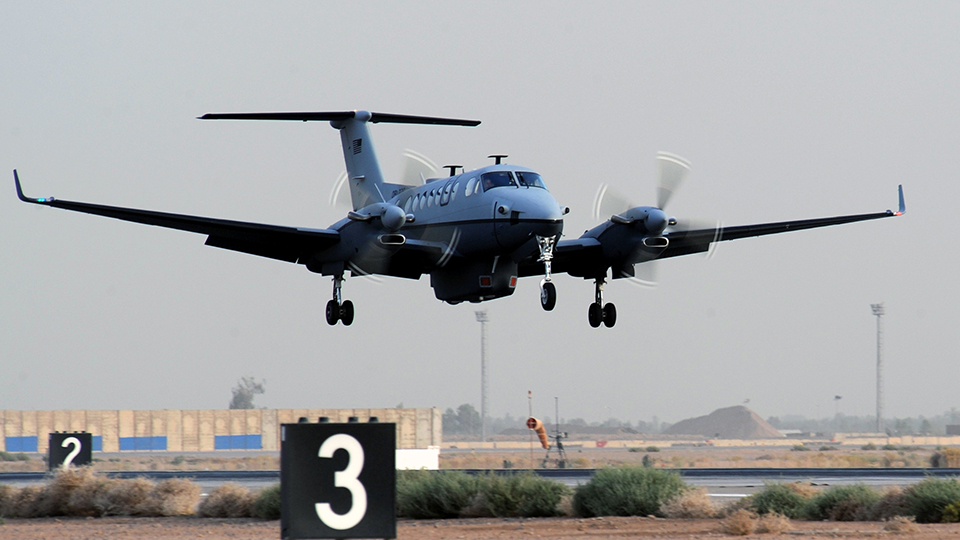
While much is still unknown, the available details paint a fascinating picture of Starlink’s potential in the IFC market. Driven by unprecedentedly ambitious and strict cost targets, SpaceX already builds, owns, and operates its own Falcon rockets, Starlink satellites, and (soon) Starlink terminals – including variants optimized for consumer, aeronautical, and ground station use. In short, SpaceX is building the most vertically-integrated space-based service in the history of commercial space.
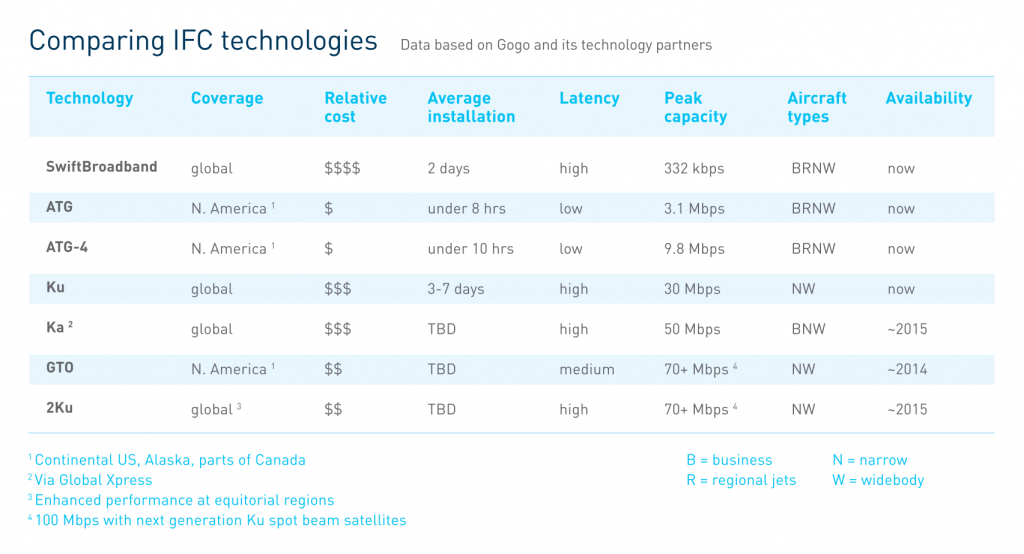
What can effectively be considered a very early pre-alpha of the Starlink satellites, terminals, and network has already demonstrated the ability to deliver bandwidth of more than 600 Mbps to a single in-flight aircraft, at least five times better than the best solutions currently available (~100 Mbps). Thanks to their location in low Earth orbit (LEO), Starlink satellites will also be able to offer latency (the gap between when you click and when something happens) as good as or better than what most people have access to on the ground.
By building and owning every critical aspect of the complex pipeline needed for its Starlink network, SpaceX has full control from start to finish. With Falcon 9 rockets and Starlink satellites, this has meant that SpaceX can reach cost targets that are up to several times cheaper than competing solutions and do so while meeting or beating their technical capabilities. With in-flight connectivity, the rockets, satellites, terminals, and ground infrastructure needed to create a functional network all factor heavily into the prices that can be offered to end-users and as of 2020, there simply isn’t an IFC provider on Earth in a position to compete with the level of vertical integration SpaceX may be able to offer.
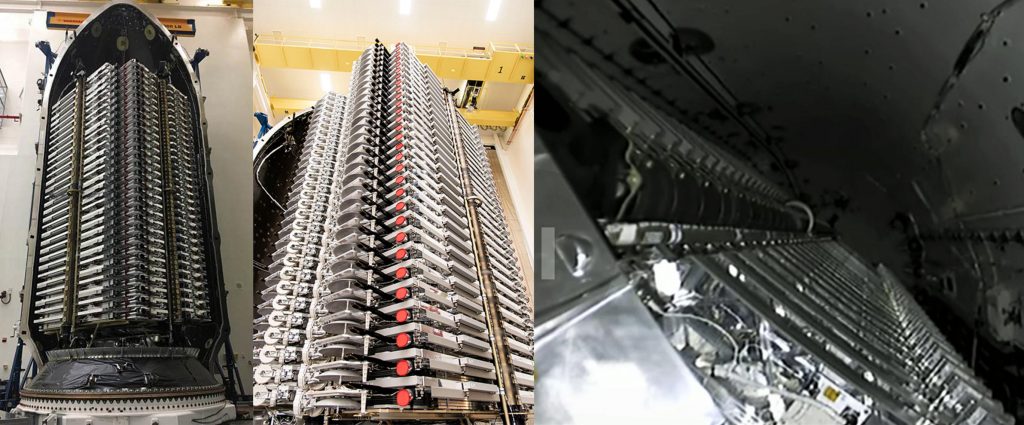
If SpaceX can launch several thousand satellites and figure out how to affordably mass-produce unprecedentedly high-performance terminals (still up for debate), it’s safe to say that Starlink is going to run through existing IFC providers like a brick wall. Aside from potentially beating them on cost, Starlink – offering perhaps 600-1000+ Mbps per plane – could theoretically allow 100-200 airline passengers to simultaneously stream videos, browse the web, and even game in flight as if they were on the ground. Existing providers are physically incapable of competing with something like that without extensive infrastructure upgrades.
According to Satellite Markets & Research, the annual revenue of passenger aircraft IFC broke $1 billion for the first time in 2018 and the overall market is expected to be worth at least $36 billion (~$3.5B/year) from 2019 to 2029. Major provider Inmarsat estimates that the IFC market could be worth up to $15 billion annually by 2035. With a bit of luck, SpaceX could easily secure a major portion of that pot within just a handful of years.
Check out Teslarati’s newsletters for prompt updates, on-the-ground perspectives, and unique glimpses of SpaceX’s rocket launch and recovery processes.

(adsbygoogle = window.adsbygoogle || []).push({});
<!–
–>
var disqus_shortname = «teslarati»;
var disqus_title = «SpaceX Starlink job posting signals serious interest in a growing multi-billion dollar market»;
var disqus_url = «https://www.teslarati.com/spacex-starlink-job-posting-billion-dollar-market/»;
var disqus_identifier = «teslarati-131157»;

